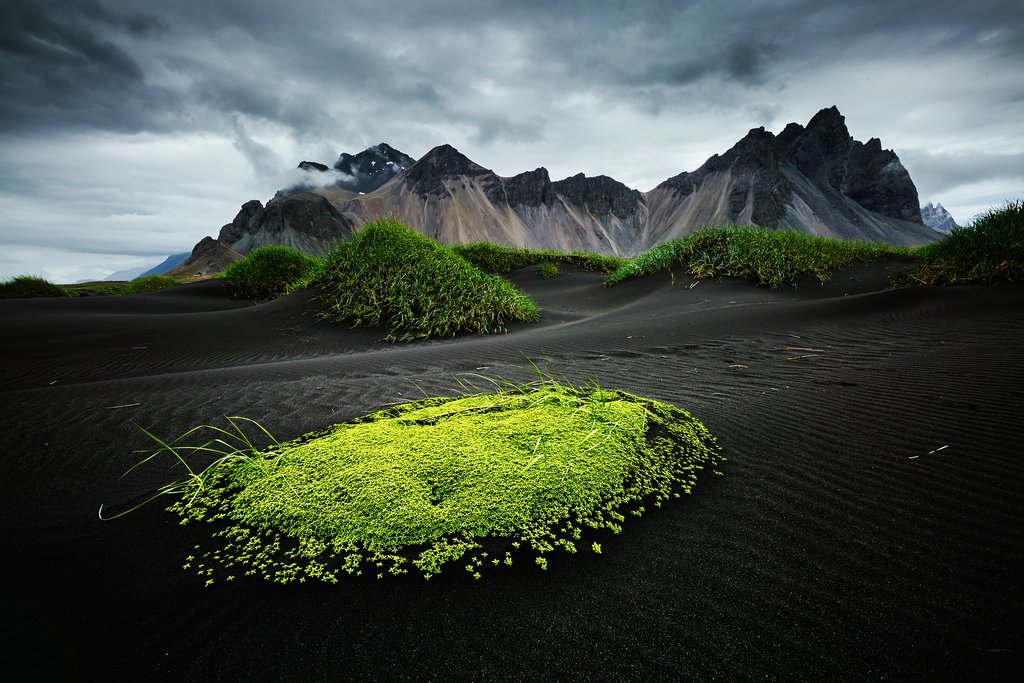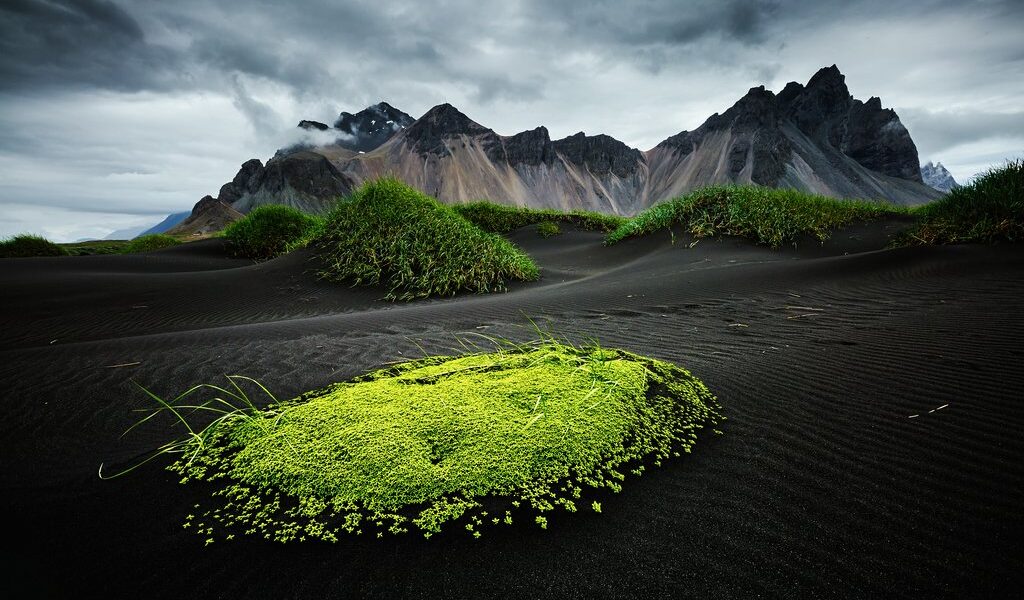
August is the last full month of Iceland’s busy and expensive high season. With that comes warmer weather, a sporty vibe from tourists and locals who spend as much time outdoors as possible, and loads of fun events like Commerce Day and Fireworks at Jökulsárlón. Read this monthly guide to learn more._x000D_
August in Iceland: A Comprehensive Guide
Iceland in August is a truly special experience, a time when the land of fire and ice comes alive with vibrant energy, extended daylight hours, and a plethora of cultural and outdoor activities. While July might be considered equally appealing, August boasts its own unique charm and remains a highly sought-after month for travelers eager to explore this Nordic nation’s wonders. Let’s delve into what makes August a fantastic time to visit Iceland, covering everything from weather patterns to popular destinations and exciting events.
The Weather in August
The weather in August is generally considered to be some of the best Iceland has to offer, second only to the mild conditions often found in July. Average temperatures hover between a comfortable 50 to 59 degrees Fahrenheit. As the month progresses, the midnight sun begins its retreat, giving way to a more normal cycle of daylight hours. At the start of August, you can expect around 18 hours of daylight, gradually decreasing to approximately 15 hours by the end of the month. However, it’s worth noting that the northern regions and the Westfjords experience even longer daylight periods, allowing for extended exploration and enjoyment of the stunning landscapes.
On rare occasions, usually for short periods, the coastal areas might experience temperatures climbing above 68 degrees Fahrenheit. Inland, temperatures can even reach a balmy 82 degrees Fahrenheit. While these warmer temperatures are not the norm, they certainly add to the appeal of visiting Iceland during this time of year. Keep in mind that temperatures further north tend to be slightly cooler, though the days are often longer, providing ample opportunity to soak in the scenery.
Despite these general trends, it’s crucial to remember that Iceland is notorious for its unpredictable and rapidly changing climate. The island’s unique geographical location, influenced by winds sweeping down from the North Pole and the tempering effects of the Gulf Stream and surrounding ocean, creates a constantly shifting weather pattern. Be prepared to encounter a mix of rain, cool winds, sunshine, and plenty of cloud cover during your visit. Packing accordingly is essential: a raincoat and umbrella are must-haves, alongside your sweaters and a scarf to ensure you remain comfortable throughout your adventures.
Crowds and Costs
August remains a popular month for tourism in Iceland, with visitor numbers comparable to those of July. The favorable weather, coupled with the numerous festivals and events taking place across the country, attracts both local and international crowds. Popular sites and attractions often extend their opening hours to accommodate the increased demand, but be prepared for larger crowds and potentially higher prices for accommodations, tours, and activities.
It’s highly recommended that travelers book their accommodations well in advance, as hotels, guesthouses, and campsites throughout the country tend to fill up months ahead of time. If you’re looking to escape the bustling tourist hotspots, consider venturing inland, heading north towards the Arctic Circle, or exploring smaller towns and villages away from the well-trodden southern coast and the capital city of Reykjavík.
Where to Go in August
August offers unparalleled access to Iceland’s most iconic landmarks and hidden gems. One of the best ways to experience the country’s diverse landscapes is by embarking on a road trip along the famous Ring Road, also known as Route 1.
Your journey can begin in Reykjavík, a vibrant city that serves as an excellent starting point for exploring major attractions in the Reykjanes Peninsula, such as the renowned Golden Circle and the dramatic South Shore. As you travel east along the Ring Road, be sure to stop and admire the numerous attractions that dot the landscape. Some highlights to consider include the breathtaking Jökulsárlón Glacier Lagoon, the majestic Vestrahorn mountains in eastern Iceland, and the captivating Diamond Circle in the north.
If you have the time, a detour to the Westfjords is highly recommended. This remote and rugged region offers stunning fjords, charming fishing villages, and unparalleled opportunities for hiking and wildlife viewing. Similarly, the Snæfellsnes Peninsula, often referred to as “Mini Iceland,” is another worthwhile destination. Located just a short drive from Reykjavík, this volcanic peninsula boasts a diverse array of landscapes, including glaciers, lava fields, black sand beaches, and dramatic cliffs. A visit to Reykholt, a historical site with ties to the famous saga writer Snorri Sturluson, is also a great way to enhance your Icelandic cultural experience.
For those with limited time or those who don’t mind the crowds, focusing on the areas close to Reykjavík, such as the Golden Circle and South Shore routes, can provide a fulfilling experience. However, if you’re seeking to avoid the throngs of tourists and discover equally stunning areas of the country, the Snӕfellsnes Peninsula in western Iceland is an excellent alternative, offering a diverse range of landscapes and activities within easy reach of the capital.
To make the most of your trip and avoid the busiest times, consider carefully planning your itinerary. Even small adjustments, such as visiting popular attractions like the Golden Circle during the early morning or late evening hours (which are particularly appealing during August’s extended daylight), can help you beat the crowds and experience these natural wonders in a more peaceful and intimate setting.
What to Do in August
August is a prime time to take advantage of the long daylight hours and relatively warm weather by engaging in a variety of outdoor activities. Icelanders embrace the summer months with enthusiasm, organizing multi-day festivals and events throughout the country.
Without careful planning, you might find yourself amidst a music festival, a folk celebration, or a sporting event. Soccer enthusiasts will revel in the muddy and hilarious Mýrarboltinn (Swamp Soccer) tournament held in the charming town of Bolungarvík, near Ísafjörður in the Westfjords. Runners can participate in Reykjavík’s annual marathon, while foodies will delight in the Reykjavík Beikon (Bacon) Festival. Culture aficionados can enjoy Menningarnótt (Culture Night), a citywide celebration in Reykjavík offering free admission to numerous events at galleries, museums, and libraries.
Summer outdoor activities such as swimming, hiking, kayaking, and river rafting are not to be missed. August is peak hiking season, offering numerous trails to explore. Consider the popular hiking options in Landmannalaugar and Þórsmörk in Iceland’s southwest, or embark on the Borgarfjörður to Seyðisfjörður trek in eastern Iceland. Shorter day hikes are also plentiful, such as the ascent of Mount Esja and the Glymur waterfall hike, both located just outside of Reykjavík. The stunning Fimmvörðuháls route is another popular option, offering breathtaking views of glaciers, volcanoes, and lava fields.
Adrenaline junkies seeking a thrilling experience can join a river rafting tour in Jökulsá Austari (East Glacial River gorge) or kayak among the glacial blue icebergs of the Jökulsárlón glacier lagoon. For a unique adventure, climb into a Super Jeep for a bumpy but exhilarating tour over the rugged lava fields of Landmannalaguar.
Events in August
Iceland in August is buzzing with events and festivals. Here’s a glimpse of what you can experience:
Frídagur Verslunarmanna (Commerce Day or Shop Workers’ Day Off): Celebrated on the first Monday of August, this public holiday is marked by closures, but also by festivities throughout the country. Despite the long name, the main theme is celebration!
Þjóðhátíð (National Festival): The largest festival during the Commerce Day weekend. It attracts up to 12,000 Icelanders and international visitors to the Westman Islands for camping, live concerts, drinking, and dancing around a bonfire.
Innipúkinn: If you’re staying in the capital, Reykjavík hosts its own three-day festival during the Commerce Day weekend, offering a wild and vibrant nightlife scene.
Reykjavík Pride: An international celebration with over 100,000 attendees, celebrating and supporting the LGBTQ community with concerts, talks, exhibitions, movies, sports, and more.
Fireworks at Jökulsárlón: This annual event on the second weekend in August illuminates the icebergs of the Vatnajökull glacier lagoon with candles and a spectacular fireworks display.
Fiskidagurinn Mikli (the Great Fish Day): Dalvík hosts this massive (and free!) seafood event, drawing people from across Iceland for a free seafood buffet and whale watching tours.
Suggested Itineraries
For road trip enthusiasts, the 9-day Iceland Ultimate Ring Road Adventure is a must. This itinerary takes you along Iceland’s Route 1, with detours to geysers, hot springs, black sand beaches, volcanoes, fishing towns, and glaciers in national parks.
Alternatively, the 7-day Trekking Off the Beaten Path in the Icelandic Highlands itinerary offers a unique experience. Trek the Laugavegur and Fimmvörðuháls trails, camp in the Valley of Thor, and explore volcanic valleys.
B-1121

